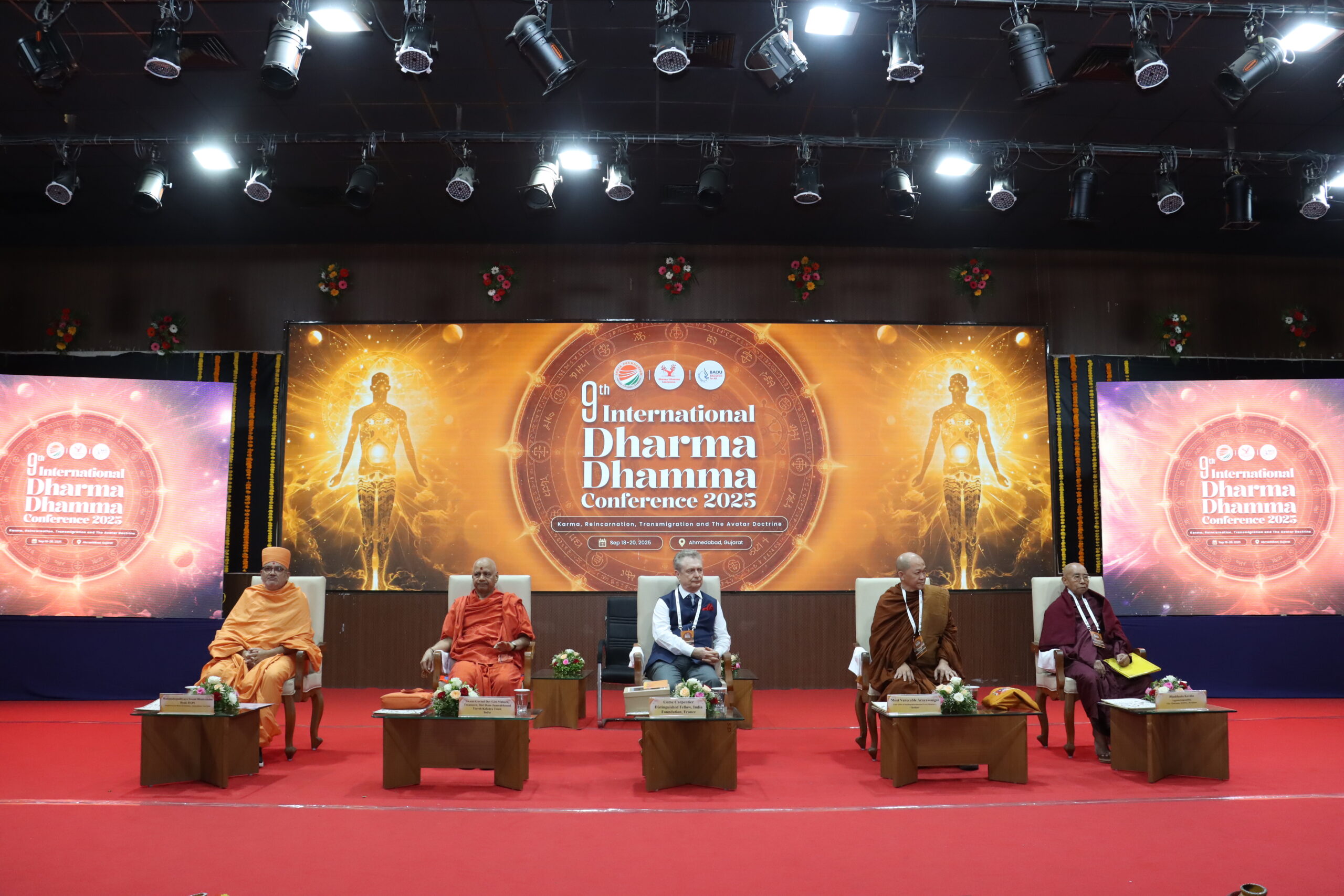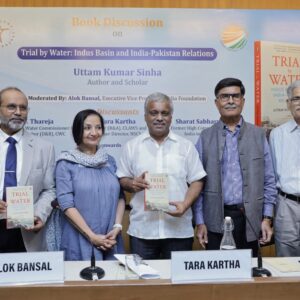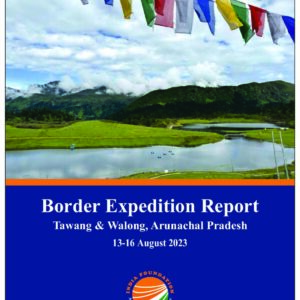The Member States of SAARC are stakeholder countries of the Indian Ocean Rim. It is more so given that four Member States of SAARC are in the category of the Least Developed Countries, three of which are in the process of graduation. Peace, progress, and prosperity remain the key components of sustainable socio-economic development in today’s interconnected and interdependent global order. Cooperation, collaboration, and partnership at national, regional and international levels strongly contribute towards addressing the traditional and non-traditional problems and challenges, being faced by humanity around the globe, and thereby contributing towards enhancing peace, stability, and development, and establishing a prosperous, sustainable and resilient future for all.
The Indian Ocean region possesses a compelling degree of convergence of interests for the countries in the region and beyond. Endowed with abundant natural resources and being a centre for hydrological cycle, the Indian Ocean offers enormous opportunities for development. There is a closer link in terms of ecological and weather patterns of the Indian Ocean and mountainous regions, especially the Hindukush Himalayan range. The region also assumes special significance as the countries share historic civilizational and cultural linkages.
As one of the busiest trade routes in the world, the Indian Ocean provides important sea lanes that serve as arteries of the international economy. Having routes for more than three fourth of the world’s sea-borne oil and one third of global trade, the Indian Ocean assumes considerable significance in the global economy. Even for the land-locked countries in this region, which are members of SAARC, the Indian Ocean is a lifeline for their external trade.
Attaining peace and prosperity in the Indian Ocean region, through partnership, is, therefore, crucially important and conducive to promoting peace and prosperity in other sub-regions and the globe at large. Likewise, preserving the ecological balance in every geographical region, including the high Himalayas, low-lying lands, and the ocean would be a key for sustainable development by addressing the adverse effects of climate change and environmental challenges.
SAARC represents the manifestation of the determination of its Member States to promote peace, stability, amity, and progress in the region. It is based on the premise that the objectives of peace, freedom, social justice, and economic prosperity are best achieved in South Asia by fostering mutual understanding, good neighbourly relations, and meaningful cooperation among the Member States.
The Eighteenth SAARC Summit expressed firm determination to deepen regional integration for peace, stability and prosperity in South Asia. The SAARC Leaders acknowledged that the Member States, particularly the Least Developed and Landlocked ones, face structural constraints and challenges that result in their weak productive capacity, affecting their competitiveness in external trade due to, among others, high trade and transit cost. SAARC fully recognizes the common challenges, interests, and aspirations of the peoples of South Asia and beyond. It also recognizes that regional cooperation among the countries is mutually beneficial, desirable and necessary not only for attaining national and collective self-reliance, but also for promoting the welfare of its peoples and improving their quality of life.
The outbreak of the COVID-19 pandemic, followed by the public health crisis, has complicated the developmental scenario and reversed the hard-earned development gains of the past several years. The COVID-19 pandemic created economic and social instability and the biggest sufferers were LDCs. They suffered severely on the economic front, witnessing many job losses and a sharp rise in new poor and poverty, and are most vulnerable to Climate Change. The graduation also poses serious challenges to them on their path to economic prosperity.
We need to devise innovative and transformative means towards the implementation of the 2030 Development Agenda, including, among others, through evolving new partnerships and mechanisms; facilitating technology transfer, capacity building, information access, and monitoring and reporting for accountability.
It is imperative that we pay due attention to the threats posed by climate change and degrading environment and work in tandem to ensure responsible growth and sustainable development, while living in harmony with Nature. The time is now ripe for all of us to focus on attaining sustainable peace and prosperity across the region through strengthened partnerships.
Any initiative meant for attaining a more secure, open, inclusive, and prosperous Indian Ocean region would greatly contribute towards fostering peace, stability, and development in the region and beyond. In essence, the Indian Ocean should prevail as an ocean of prosperity and not an ocean of conflict.
Author Brief Bio: Mr. Esala Ruwan Weerakoon is the Secretary General of SAARC.
Note: This article is based on the Text of the Speech delivered by Mr. Esala Ruwan Weerakoon, Secretary General, SAARC, at the 6th Indian Ocean Conference 2023 in Dhaka on 13 May 2023.




